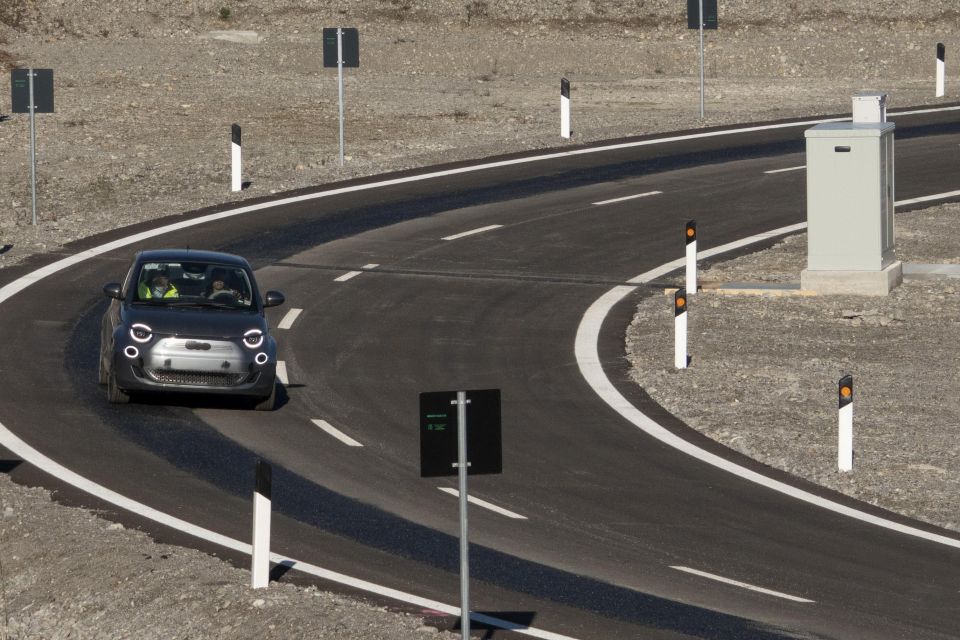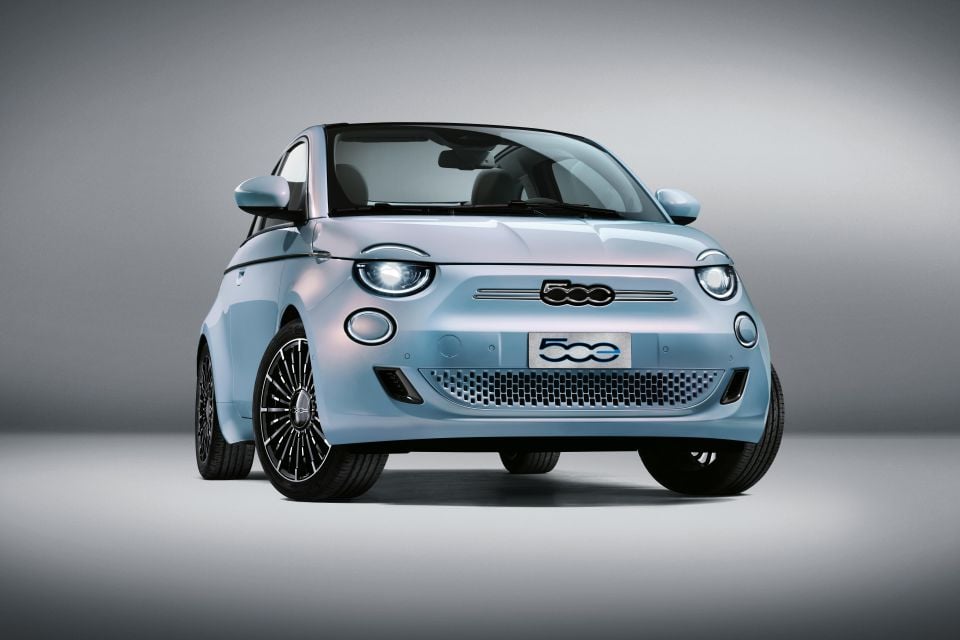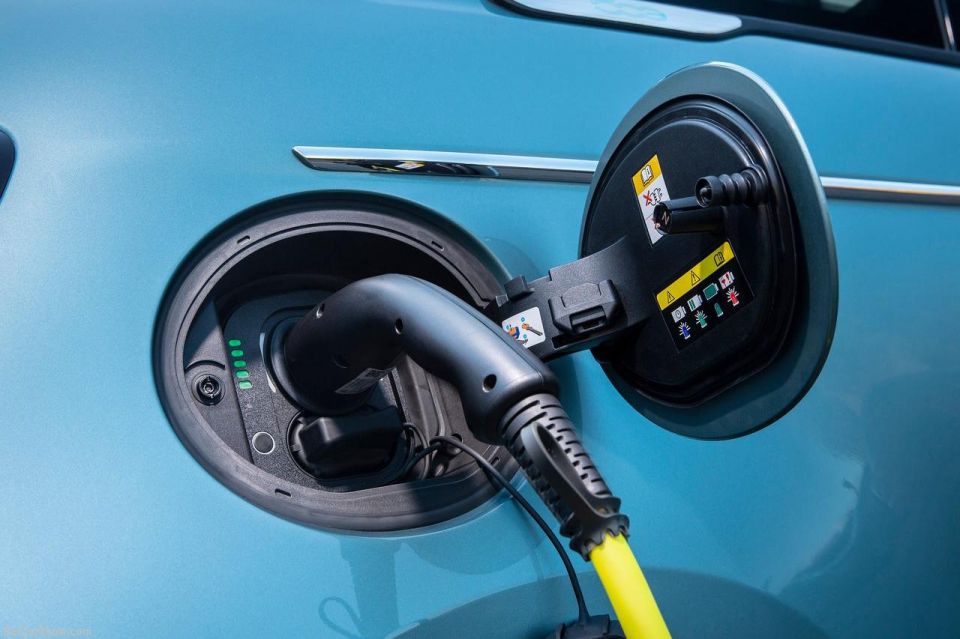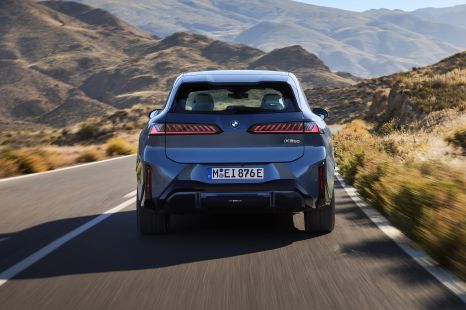

Max Davies
2026 Ram 1500 Rebel review
5 Days Ago

Contributor
The parent company of Fiat, Chrysler, Citroen, and Peugeot, among others, has demonstrated technology that could allow electric car owners to charge on the move.
Stellantis used an electric Fiat 500e to demonstrate what it’s calling Dynamic Wireless Power Transfer (DWPT) on a 1.05km circuit in Chiari, Italy.
The DWPT system relies on coils positioned beneath the road surface, transferring power to a wireless receiver mounted on the bottom of a car, bus, or truck.
Although conceptually similar to a wireless phone charger (or the wireless vehicle charging pilots we’ve seen), existing technology requires the charge coil and vehicle-based receiver be lined up precisely before they’ll start charging.
Wireless chargers are typically slower than wired ones, and losses to heat tend to make them inefficient. Mercedes-Benz and BMW, among others, have signalled their intent to develop and sell wireless home charging options for EV and PHEV customers.
Stellantis says its system is powerful and efficient enough for the test 500e (which is confirmed for Australia) to “travel at typical highway speeds without consuming the energy stored in its battery”.

“Tests are showing that the efficiency of the energy flow from the asphalt to the car is comparable to the typical efficiency of fast charging stations, so the driver does not need to stop to recharge,” the company says.
“Furthermore, measurements on magnetic field intensity prove that there is no impact on the driver and passengers.”
The electric charging road, dubbed Arena del Futuro/Arena of the Future by Stellantis, runs on DC power rather than AC. That allows it to use thinner cables, and opens the door for it to be more efficiently plugged into renewable power sources.


Although the dream of electrified highways is appealing, the cost involved likely means that future is a long way off.
Stellantis points to infrastructure hubs such as harbours or airports, where vehicles drive consistent distances on set routes.
Where expert car reviews meet expert car buying – CarExpert gives you trusted advice, personalised service and real savings on your next new car.
Scott Collie is an automotive journalist based in Melbourne, Australia. Scott studied journalism at RMIT University and, after a lifelong obsession with everything automotive, started covering the car industry shortly afterwards. He has a passion for travel, and is an avid Melbourne Demons supporter.


Max Davies
5 Days Ago


Max Davies
4 Days Ago


Neil Briscoe
3 Days Ago


Max Davies
2 Days Ago


Alborz Fallah
9 Hours Ago


Damion Smy
9 Hours Ago